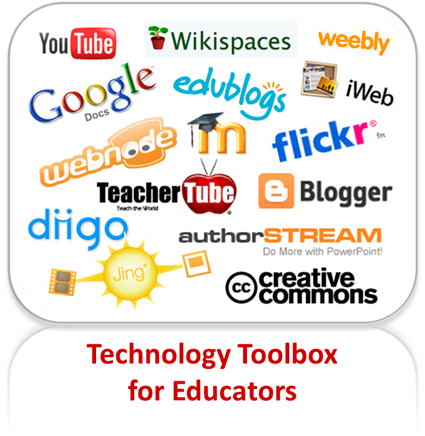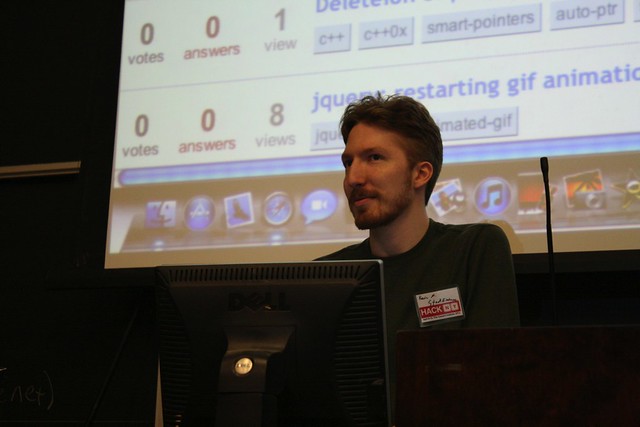This course was so much fun ! I never thought I would enjoy an online course. Actually, EME 2040 was my first online course. At first, I was really nervous of taking this class online because I am a procrastinating person and I leave everything at the end. But overall I think I did better than I thought :) that I will be taking my second online course this summer semester.
 |
| Photo credit to ForestForTrees on Flickr |
I learned awesome things that I didn't knew at all like this Blog!!!! I never used a blog in my entire education, I didn't even knew how to open one. This blog helped me in many ways since this course is online. It got me to open the book and learn what we were actually learning. Also, I got to learn how to use a different digital tool for each chapter, the bistrips and toondoo were my favorites. :)I will totally involve this activities in my curriculum. The discussions topic were really informative, what I liked the most was that I got to see everyone's opinion. Regarding to the lesson plan, It was hard to work in a group since everyone had different schedule or plans. So, I enjoyed the WebQuest and the Teacher E-portfolio better even though I didn't got an excellent grade, but that was mine grade, not someone else's. I learned many things building these projects, for example, the importance of just having a website for your students as a reference, it means a lot. E-Portfolios are a creative means of organizing, summarizing, and sharing artifacts, information, and ideas about teaching and/or learning, along with personal and professional growth (Johnson). Learning how to critique a website it was cool. I felt like an actual teacher grading someone else work. As a future teacher it will help me alot because I wouldn't like to provide old information to my students.
 |
| Photo credit to jennip98 on Flickr |
However, teachers should take a technology course every 5 years, at least. Some Educators don't know the importance of being accurate with technology. It also enhances the relationship between the student and teacher. On this website, Technology Integration, Educators can explore new tools and strategies for empowering students to fully participate in a connected, technology-rich society. Overall, I extremely enjoyed and learned that technology can be challenging but worth it. ;)
References:
Blended Learning: Making it Work in Your Classroom. (2014, September 11). Retrieved May 2, 2015, from http://www.edutopia.org/practice/blended-learning-making-it-work-your-classroom
Johnson, L. (n.d.). . Retrieved May 2, 2015, from http://eduscapes.com/tap/topic82.htm






